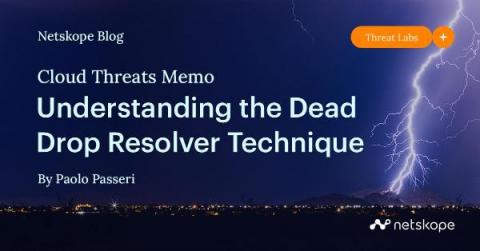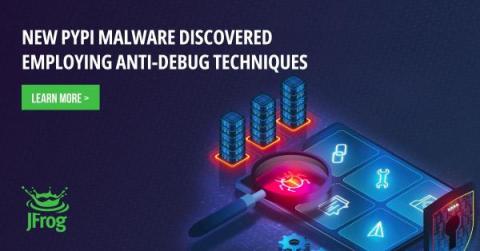Don't click too quick! FBI warns of malicious search engine ads
The FBI is warning US consumers that cybercriminals are placing ads in search engine results that impersonate well-known brands, in an attempt to spread ransomware and steal financial information. In a public service announcement issued this week, the FBI describes how cybercriminals are purchasing ads that show up at the very top of search engine results, often purporting to link to a legitimate company's website.











